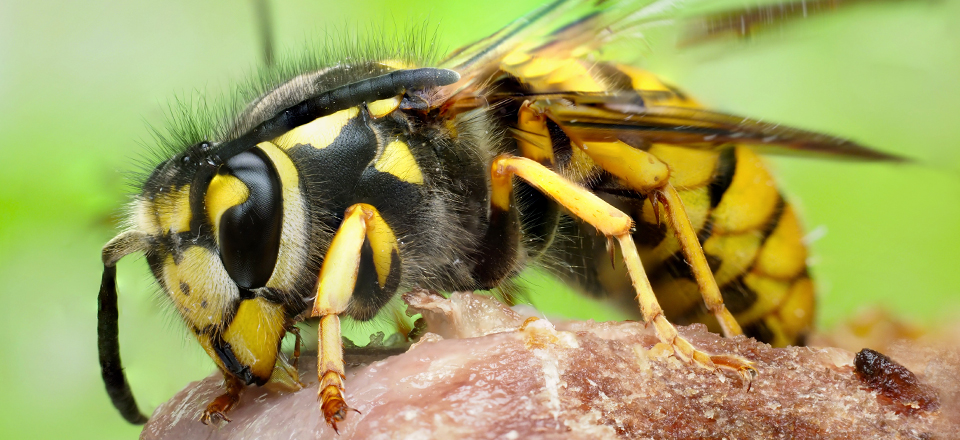Biological invasions have detrimental effects on ecosystem functioning and biodiversity. Invasive alien species are a key driver of environmental change, and the number of introduced and invasive species is continuing to rise with climate change. Our research in this area focuses on creating baseline for monitoring invasion, recognising invasive alien species as a threat to biodiversity, and reducing uncertainty in impact classification for alien species.
Examples of our work in this area:
Country Compendium of the Global Register of Introduced and Invasive Species.
Pagad, S., Bisset, S., Genovesi, P., Groom, Q., Hirsch, T., Jetz, W., Ranipeta, A., Schigel, D., Sica, Y.V., & Melodie A. McGeoch, M.A. 2022. Country Compendium of the Global Register of Introduced and Invasive Species. Scientific Data 9, pp 391. Doi:10.1038/s41597-022-01514-z
Existing indicators do not adequately monitor progress toward meeting invasive alien species targets.
Vicente, J. R., Vaz, A. S., Roige, M., Winter, M., Lenzner, B., Clarke, D. A., & McGeoch, M. A. 2022. Existing indicators do not adequately monitor progress toward meeting invasive alien species targets. Conservation Letters, e12918. Doi:10.1111/conl.12918
Options for reducing uncertainty in impact classification for alien species.
Clarke, D.A., Palmer, D.J., McGrannachan, C., Burgess, T.I., Chown, S.L., Clarke, R.H., Kumschick, S., Lach, L., Liebhold, A.M., Roy, H.E., Saunders, M.E., Yeates, D.K., Zalucki, M.P., & McGeoch, M.A., 2021. Options for reducing uncertainty in impact classification for alien species. Ecosphere 12, e03461. Doi:10.1002/ecs2.3461
Multispecies plant invasion increases function but reduces variability across an understorey metacommunity.
McGrannachan, C.M. & McGeoch, M.A.2019. Multispecies plant invasion increases function but reduces variability across an understorey metacommunity. Biological Invasions 21, pp 1115-1129. Doi:10.1007/s10530-018-1883-0
Collaborators:
Dr Llewellyn Foxcroft
Associate Professor Ros Gleadow
Dr Dave Chapple
Dr Gillis Horner
Related links:
Invasive Species Specialist Group
Global Invasive Alien Species Information Partnership
Parks Victoria
South African National Parks

